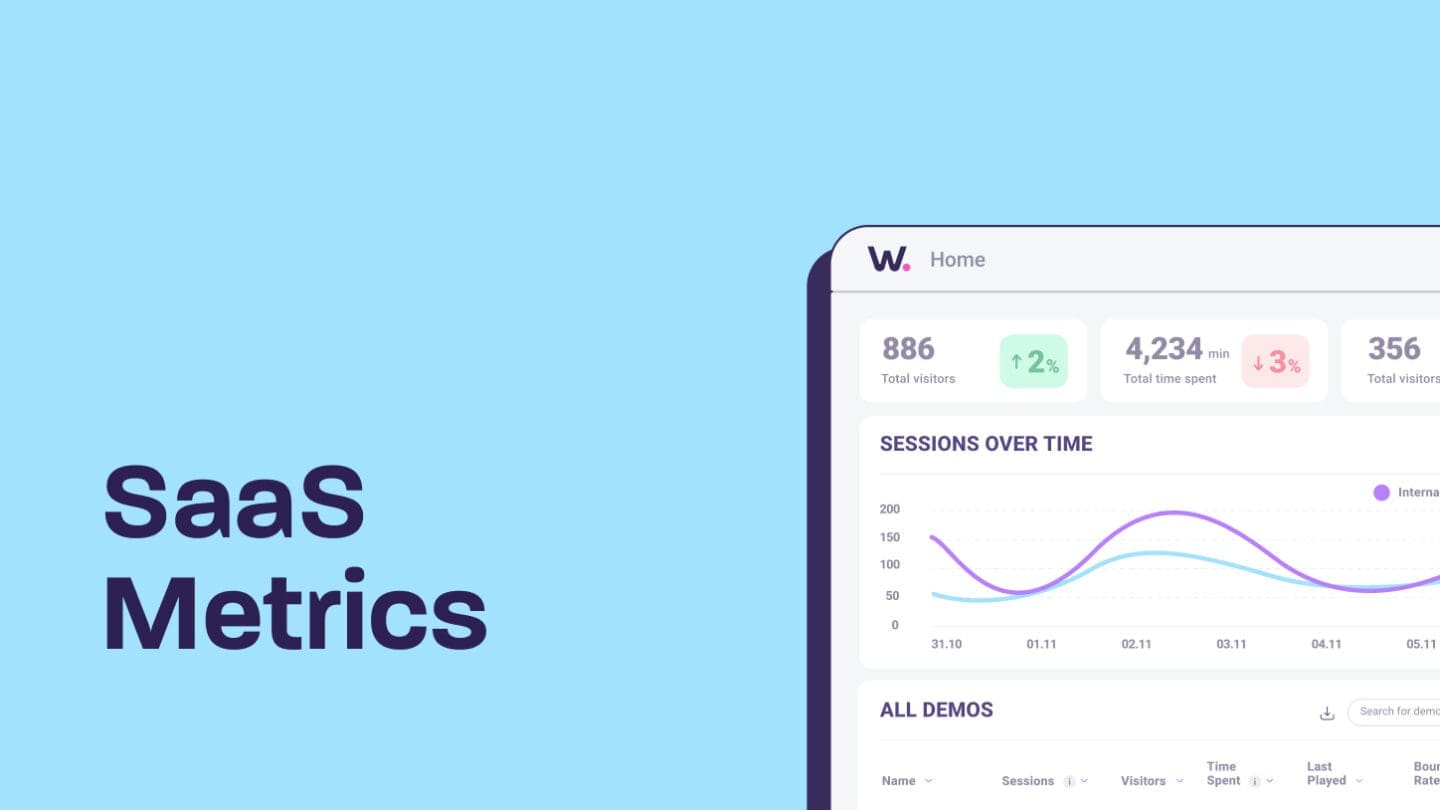How Has Advertising Changed in Recent Years?

Marketing – or, more accurately, advertising – has seen massive changes in recent years. But what kind of shifts have taken place, and what methods of promotion work? With so much going on across the digital landscape, it can be challenging to keep up with the latest trends in successful advertising initiatives.
That’s why we sat with Eric Bolin from Solid House Marketing to get some inside spice about what’s selling and what’s not. If you want to know the recent advertising horizon, we hear it. Today, we’ll look closely at how marketing techniques have changed and examine which tactics are gaining customer traction. You’ll also discover practical tips that could help you create an effective ad campaign that gets results.
So read on and join us as we explore the changing face of modern marketing!
How can live streaming help businesses?
In this digital age, live streaming is becoming increasingly popular for businesses to reach potential customers. Solid House Marketing, an agency that works mostly in the real estate sector, also relies on live streaming a lot. If you want to know how it works, here are 3 ways a business can use live streaming to its advantage:
Engaging with customers through live streams
Say a cafe wants to connect with its customers more; live streams will allow it to do so. The cafe can leverage this feature by streaming cooking demonstrations of their most popular dishes. By providing customers with an interactive experience that allows them to ask questions and offer feedback, the said business will build relationships with potential customers and create more brand loyalty among existing customers.
Creating excitement around events
A brand can also stream interviews with special guests scheduled to appear at their events or provide sneak peeks at new products they plan to launch soon. This would give viewers a taste of what’s to come and get them excited about attending the event or buying the product when it launches.
Reaching new audiences
If a brand has fans in other countries interested in their products but not able to visit them physically, they could do a live stream from one of their locations and give viewers an inside look into what it’s like being in that place. This is also a great way for businesses to expand their reach and gain valuable insights into what potential customers want from them so they can ensure they meet those needs going forward.
Are pop-up ads counter-intuitive?
While we’re on the topic of ads, how can we overlook those annoying and intrusive pop-up ads? Stats say that Gen Z uses ad-blockers and skips content that disturbs their browsing experience. And if you have pop-up ads in your strategy, they’ll surely be counter-intuitive.
Pop-up ads aim to capture user attention and offer an extra layer of content that may be more relevant than what is currently being viewed on the page. However, many users find these ads intrusive and annoying; they’re disruptive, distracting from the experience, and can often lead to a slow page load time.
This is especially true for Gen Z customers, who don’t always interact with brands the same way as previous generations did. Gen Z prefers more subtle forms of marketing like branded content, social media posts, or even influencer collaborations over traditional advertising tactics like radio spots or TV commercials—and pop-ups are no exception.
They want brands to provide them with helpful information rather than being bombarded with flashy advertisements that add little value to their online experience.
Gen Z doesn’t like feeling forced into making decisions quickly; they want to gather all available information before making a purchase or interacting with a brand in any way. Pop-up ads interrupt this process by blocking their view or forcing them to take action immediately while they’re still in the research phase, which isn’t ideal for anyone involved in the transaction.
How does Gen-Z feel about ads?
Advertising used to be considered an annoyance. For example, if a customer was looking for a product or service, they would have to endure long, drawn-out ads that didn’t provide any real value. But times have changed. Nowadays, advertisers are expected to provide content with a purpose. This means that customers, especially Gen Z, expect more than just flashy visuals and catchy slogans – they want content that resonates with them on a deeper level and adds value to their lives.
Take the example of a clothing company XYZ. XYZ is targeting Gen Z customers by using social media influencers who are familiar faces in the community and can relate to their target audience. Instead of just pushing products, they’re creating content that helps their followers build relationships, develop skills, and become better versions of themselves. This kind of content not only resonates with the customer but also builds brand loyalty.
Why does content with purpose resonate?
Content with purpose has been successful because it helps customers connect emotionally with brands and encourages trust. For example, when XYZ creates content around themes such as self-improvement or self-care, it shows its followers that the company values them beyond just being consumers of their products or services. It also wants them to have positive experiences as individuals in life outside of its own brand identity. This kind of message speaks louder than any advertisement can ever!
Humor doesn’t mean you’re not serious
From the more traditional print, radio, and television ads to the modern digital ads on websites and social media platforms, there’s an ad around every corner. However, there is one tactic that stands out from the rest, and that is humor. While some may think that using humor in advertising makes you look non-serious, it actually shows your involvement and engagement with your potential customers.
Humor can be used in advertising to make a product or service stand out from the competition by showing off its unique personality. A humorous ad grabs attention and encourages engagement with potential customers as they laugh over the joke or reference.
For example, take an imaginary business called “Rob’s Burgers,” which makes delicious burgers. An effective advertisement for their business could feature a funny pun such as “We put the bun to the test!” This fun phrase will stand out among other more serious burger ads because of its clever play on words while still conveying the message about Bob’s Burgers being a great place to get a burger.
Humor can also help brands reach younger audiences, such as Gen Z because this generation is known for having short attention spans, so brands must capture their attention quickly with something memorable. By using humor in advertising, businesses can add a personal touch that appeals to many members of Gen Z who are looking for authenticity from brands they support. Plus, since Gen Z prefers visual content like videos or GIFs, adding humor to these visuals can make them even more appealing and lead them to share them with friends or family members.
Crafting ads for younger audiences: The dos
Gen Z is tech-savvy, highly engaged internet users who can tell if an ad is trying too hard or being disingenuous. To make sure your ads resonate with them, understand their preferences in content and design. Here are some factors that you should consider when creating ads specifically tailored toward younger generations:
Keep things simple
Gen Z prefers straightforward messaging that gets straight to the point without fluff or filler. For example, if you were advertising a new type of running shoe, don’t beat around the bush about how comfortable they are. Say something like “Run Faster with X Shoes.” This type of direct messaging resonates more with Gen Z than long-winded descriptions or overly detailed visuals.
Make it visual
Younger generations are very visual in their approach, so your ad must have captivating visuals that draw people in immediately. This could mean anything from vibrant colors and striking images to cleverly designed graphics and an interactive demo, whatever works. A good rule of thumb is that if an image doesn’t grab someone’s attention within 2 seconds, it won’t capture their interest long enough to read the rest of your message – so choose wisely!
Utilize social media platforms
Gen Z is most active on Instagram, Snapchat, and TikTok, which means these platforms offer great opportunities for reaching out directly with targeted advertisements tailored specifically towards this demographic group. Consider utilizing influencers who already have large followings on these platforms. It will give your brand more visibility and be beneficial in building trust amongst young customers by showing that others already vouch for your product or service!
Rounding up
The pandemic has accelerated digital transformation and is estimated to reduce traditional advertising budgets due to shifting marketing trends toward digital advertising. New tactics are rising in importance, such as personalized emails, direct messaging on social media platforms, influencer marketing, and native content.
What remains clear is that marketers must adopt strategies that appeal to new generations of buyers with greater purchasing power. Companies must create engaging content and storytelling that resonates with Gen Z audiences to be successful now and in the future. And if you need help with some amazing ad campaigns, Solid House Marketing should be your go-to because they have an exceptional array of talent. Good luck with your ad goals!


